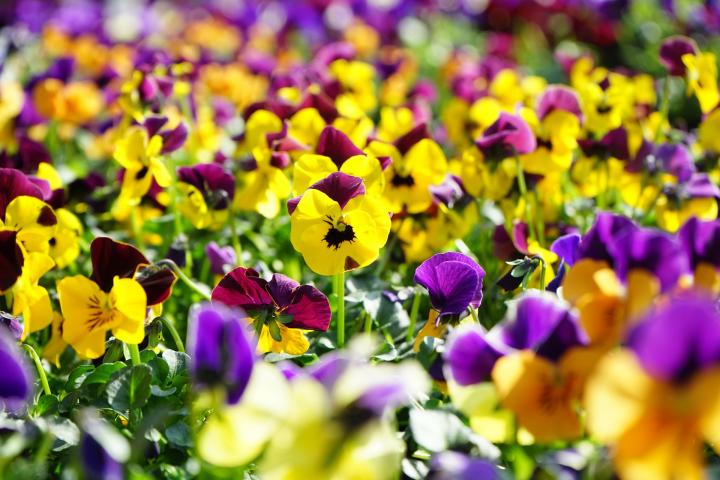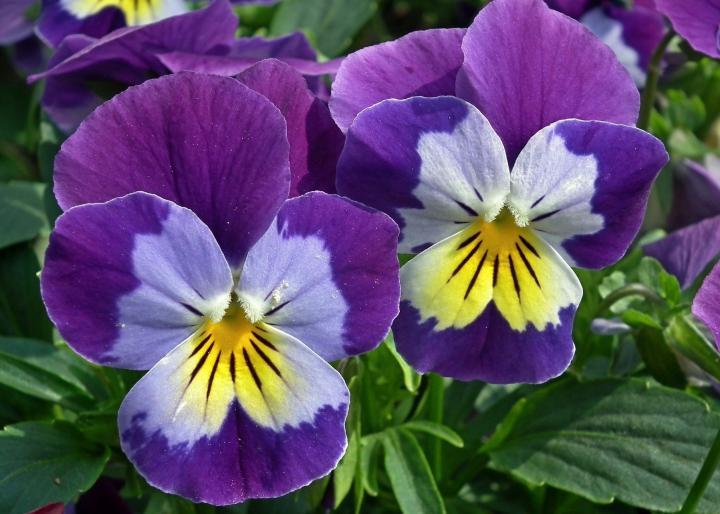
Photo Credit
Pixabay
No content available.
Subhead
How to Plant, Grow, and Care for Pansies
Cooking Notes
- Pansies are one of several edible garden flowers! They have a mild minty flavor and make for a lovely edible flourish on a salad or dessert.
ADVERTISEMENT
Will the pansy grow If I keep it in my room? I don't get a lot of direct sunlight though
Pansies are sun-loving plants that enjoy cool weather, so not the best choice for a room without direct sunlight! See our article on best indoor plants for low light: https://www.almanac.com/best-indoor-plants-low-light
Do I just pinch flower off or cut stem to produce new flowers?
You can do either—pinch off the flower bud or cut it off just below the faded bud. New flowers will come up on new stems.
can pansies be brought back to life if they are cut down?











Comments